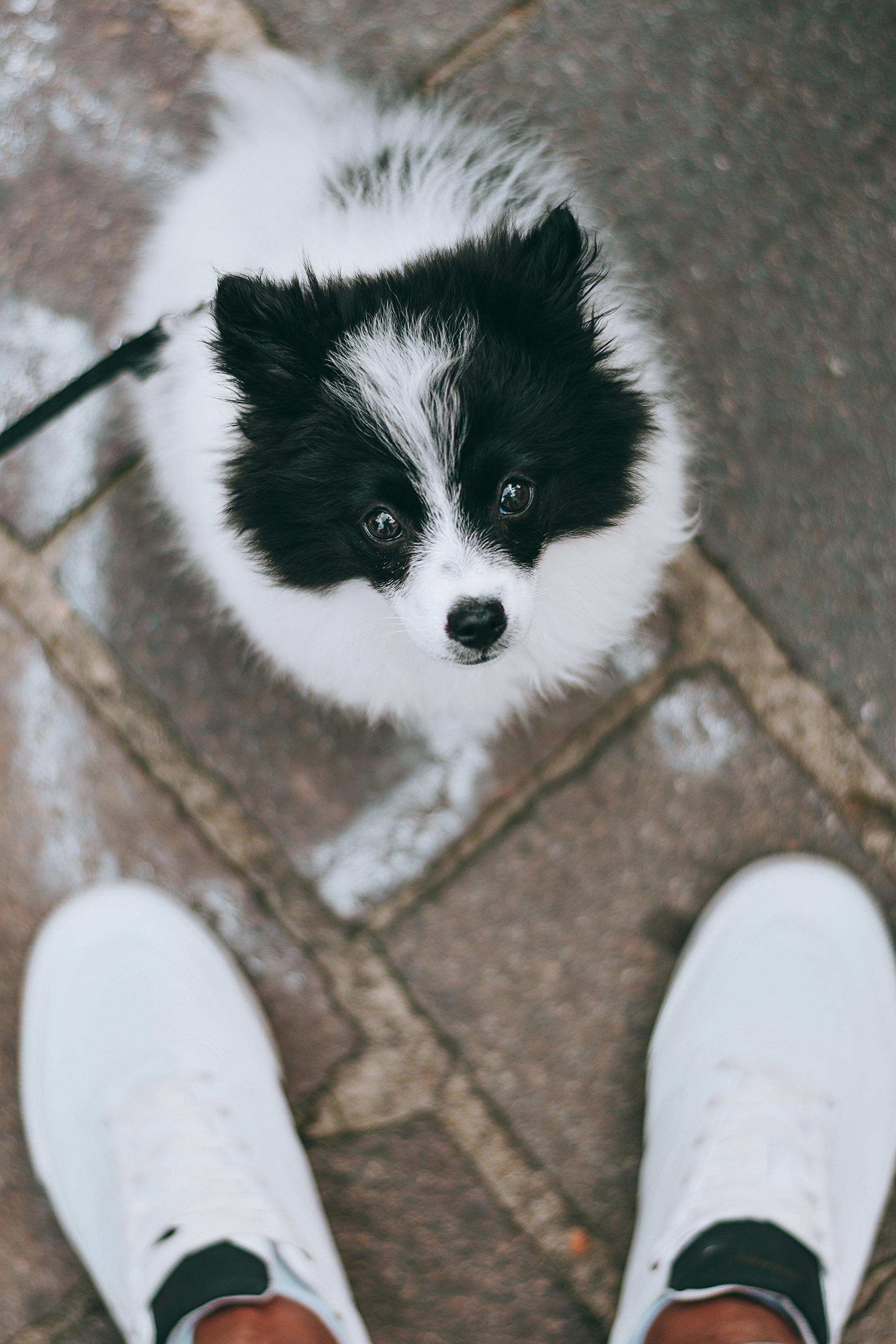
So Fall is here and its’ time to think all things maintenance, including your attire.
Apart from the obvious, when you are out boating, if you wear shoes, chances are they are some form of boat shoes. Boat shoes can be worn in a variety of ways. In everyday wear, they can replace your sneakers. One point on which there has been much-heated debate is whether they should be worn with or without socks. Boat shoes were originally meant to be worn without socks (for practically while boating) but in an urban setting, they can be worn with socks. However, most people do not wear them with socks, and this contentious issue is best left to your personal preferences and comfort since at the end of the day there is no right or wrong answer. If you are concerned that your bare feet will sweat too much, but you don’t like the look of socks, you may want to try a cotton insert.
So how should you care for them?
Like all shoes, boat shoes need to be taken care of, especially since they are often exposed to saltwater and the sun.
- To protect smooth leather from the elements, shine them with water-based cream shoe polish on a regular basis. It’s the stuff you find in glass jars, not tins.
- Avoid liquid and quick-drying polishes that contain alcohol or silicone.
- Keep them free of dirt, dust and salt deposits. Use a brush to do this as required.
- Suede boat shoes can be cleaned by sprinkling and massaging cornmeal onto the surface. Leave them overnight and then brush off the cornmeal. Use a brass bristle suede brush to realign the grain.
- Although some say your canvas boat shoes can be machine washed if they don’t contain any leather, I would not do it. Much better to hand wash them with soap because you may destroy inexpensive boat shoes in the washing machine.
- Dry your shoes at room temperature and avoid direct heat or sunlight to prevent them from drying out and developing cracks.
- Store them carefully, and use shoe trees to help retain their shape.
- Use a shoe horn to put them on and maintain the shape and structure of their backs.
- Keep a close eye on their soles and get them repaired when you see significant signs of wear and tear.
- One last handy tip — you can remove spots using a pencil eraser and a vinegar and water solution. If you have oil or fat spots, apply rubber cement, allow it to dry and then rub it off. Again, you do it at your own risk.